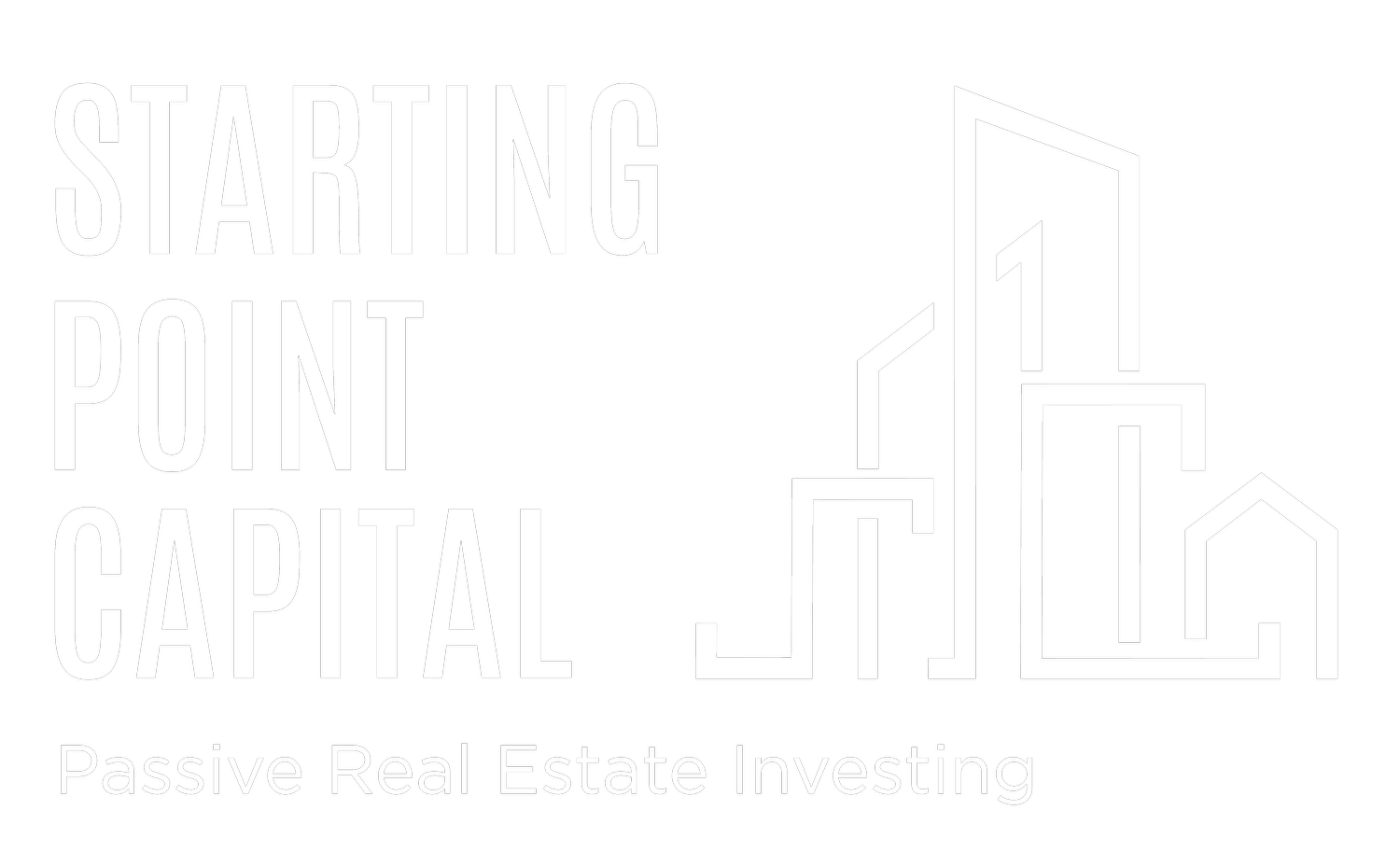Hospital Real Estate w/Peter Neill
Watch on YouTube!
Or listen wherever you podcast!
Episode Description
Welcome to the Freedom Point Real Estate podcast! Peter Neill joins Jeremy Dyer in today's episode to prove why workforce housing is a recession proof asset class and how asking questions and diversifying your learning lead to success.
Peter Neill is the Co-Founder of GSP REI. Peter plays an active role in the management of the company and its various fund offerings. He works closely with the company’s Managing Partner overseeing all aspects of the business including acquisitions, construction, property, and asset management. Mr. Neill is responsible for fulfilling the company’s fundraising goals and manages the company’s marketing and branding, including Investor Relations. Mr. Neill began his real estate career working in marketing and sales at a distressed mortgage investment company. This gave him the ability to learn all aspects of the distressed mortgage business. He quickly transitioned into Investor Relations and raising private capital for private investment funds. He managed the process of raising over $80MM for six fund offerings. Peter actively maintains a real estate salesperson license in the state of Pennsylvania. He is an avid dog lover with a Beagle, Becky. Peter is a graduate of Temple University.
CONNECT WITH ALLEN LOMAX!
LinkedIn: https://www.linkedin.com/in/peter-neill-gsprei/
Website: https://gsprei.com/
CONNECT WITH JEREMY DYER!
Website: https://startingpointcapital.com/
Instagram: https://www.instagram.com/startingpointcapital/
LinkedIn: https://www.linkedin.com/in/jeremydyer
Facebook: https://www.facebook.com/startingpointcapital
Book a Call! https://calendly.com/startingpointcapital/discuss-investing-with-jeremy-dyer?month=2023-12
Summary
Tip #1: Government Programs Sound Good—Until You Get Into the Details
“There’s a lot of red tape typically around the government programs… it’s not always feasible.”
Peter opens up about the challenges of working with government-backed initiatives in affordable housing. While they can offer appealing incentives like tax abatements and grants, the regulatory hoops involved often make deals difficult to close. From strict tenant qualification rules to complex oversight, these programs can delay timelines and limit flexibility. Investors should weigh the benefit of subsidies against the burden of compliance before diving in.
Tip #2: Land Banks Can Offer Cheap Deals, But They Come with Strings
“You can get in at a very good basis... but there tends to be a lot of red tape around how they can be constructed.”
City land banks can be treasure troves of undervalued property, especially in legacy cities like Baltimore. Peter explains that while these properties offer attractive purchase prices, redevelopment is often hampered by zoning limitations, required permits, and occupancy rules. They may also come with restrictions on the type of housing you can build or the rent you’re allowed to charge. This makes underwriting more complex and limits exit strategies.
Tip #3: Private Owners Are Often the Better Route
“Baltimore has upwards of 18,000 vacant homes, and 90% are privately owned.”
Instead of fighting bureaucracy, Peter’s team focuses on acquiring properties from individual owners. These off-market deals offer more speed and control and usually come with fewer restrictions. Plus, building relationships with local owners can lead to seller financing, better pricing, and long-term deal flow. When cities are flooded with vacant homes, it's often the private, not public, path that yields the most fruitful opportunities.
Tip #4: Opportunity Zones Are Often Overhyped
“You have to finance it through local lenders… use union labor… it just makes them not feasible.”
Opportunity Zones were designed to attract capital to underserved areas, but the strings attached often outweigh the benefits. Peter shares how these deals can become financially unviable due to stipulations around labor, financing, and construction. Even with favorable tax treatment, deals frequently fall apart during due diligence. Investors should scrutinize OZ deals carefully and avoid assuming the tax break justifies a bad investment.
Tip #5: Section 8 Can Be a Win—If You Understand How It Works
“The subsidy is tied to the tenant, not the building.”
Peter clarifies a common misunderstanding about Section 8 housing: the subsidy typically follows the tenant, not the property. That means landlords aren’t locked into government oversight unless they have a project-based HAP contract. This offers flexibility while still serving a reliable tenant pool. Understanding the difference allows investors to serve the affordable housing market without being overly burdened by regulation.
Tip #6: Affordable Housing is Built to Weather Recessions
“During downturns… that demand gets even larger.”
Unlike luxury real estate, affordable housing thrives when the economy dips. People are always looking for lower-cost options, especially in uncertain times. Peter emphasizes that as renters shift downward from Class A to B and C properties, affordable housing remains full and cash-flowing. This resilience makes it a smart play for investors looking to future-proof their portfolio.
Tip #7: The Market Won’t Solve the Missing Middle
“Only 3% of new homes are under $250,000 in value.”
Construction costs have priced developers out of building for middle- and lower-income families. Peter shares a stat that highlights the gap—virtually all new builds cater to higher-income buyers. That leaves millions of Americans with few affordable ownership or rental options. Investors who can serve this “missing middle” have a massive opportunity with limited competition.
Tip #8: Know What Kind of Tenant You’re Attracting
“A lot of people who are in luxury units… might need to downsize to make life more affordable.”
Peter points out a key dynamic: during downturns, high-end renters often become mid-tier renters. This trend increases demand for workforce and affordable units, making those investments even more valuable. Understanding how tenant migration works in different economic cycles can help investors position their assets more strategically. The key is buying where people will go—not where they wish they could stay.
Tip #9: Scarcity Creates Value in Built-Out Cities
“In these urban areas, they tend to be built out… opportunities are harder to find.”
In mature urban markets, the lack of buildable land and existing infrastructure boosts the value of affordable housing. Peter emphasizes that scarcity naturally drives demand—and with high demand comes higher rents and appreciation. This dynamic turns even dated properties into high-performing assets if you know how to reposition them. Look for built-out markets where supply is static but population growth or migration is steady.
Tip #10: Only Buy Where Regular People Want to Live
“We want to invest in areas where we see regular people buying homes.”
This is Peter’s personal filter for choosing neighborhoods: avoid areas where only investors are buying. If real families aren’t moving in, the area might lack the fundamentals for long-term stability. Whether it’s school quality, crime rates, or job access, buying in livable neighborhoods reduces tenant turnover and boosts property value. Investors should think like future homeowners, not just capital allocators.

